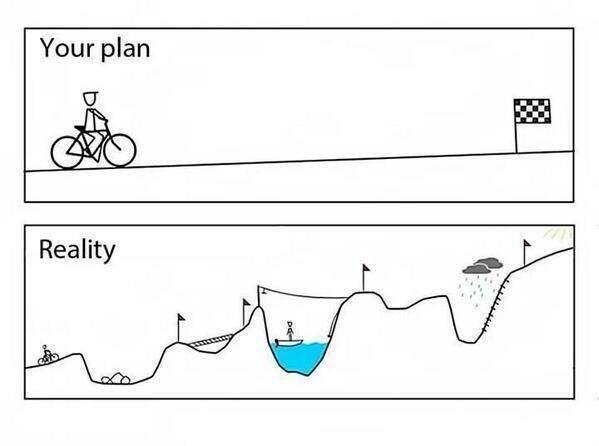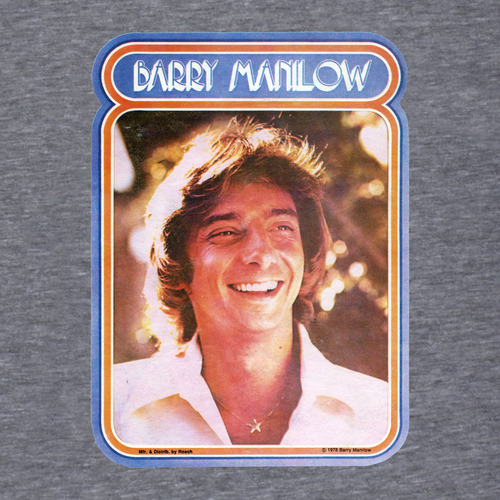The Frame Makes the Difference
The brains of humans contain a mechanism that is designed to give priority to bad news. — Daniel Kahneman

Let’s start with a basic example. Imagine you’re a graduate student with limited culinary skills, and so you’re planning on another night of [said in a French accent] Le Hamburger Helper. In the meat section, though, you’re confronted with two different packages of ground beef:
Option (1) reads: 75% lean
Option (2) reads: 25% fat
Now technically, these are exactly the same kind of hamburger, but did you automatically generate a preference between them? If so, you may be like the majority of participants who tend to rate burger #1 much more positively than they rate burger #2.
And these effects held even after participants had tasted the meat! That is, even though their taste buds should have rated both burger samples equally (as they indeed came from the same package), the simple difference in message framing impacted their evaluation of it.
MESSAGE FRAMING

He and his colleague (Amos Tversky) showed there were importance differences in whether a message emphasized the positives (e.g., the leanness of the meat) versus the negatives (e.g., the fatness of the meat) in how people make decisions.
For example, imagine there’s a zombie virus outbreak in a small town, and you—as the leader of this community—can choose between two “cures” that the town’s scientists have put forward:
Option A) This cure guarantees 200 people will be saved from zombification.
Option B) This cure has a 1/3 probability that 600 people will be saved, and a 2/3 probability that nobody will be saved.
Although these options are statistically equivalent, about 72% of participants choose Option A.
Now, with the same zombie scenario in mind, let me propose you two new cures to choose between:
Option C) This cure guarantees 400 people will be infected with the zombie virus.
Option D) This cure has a 1/3 probability that nobody will be infected, and a 2/3 probability that all 600 will be infected.
In this case, about 78% of participants choose Option D.

MESSAGE FRAMING…GETS WEIRDER
Researchers explain these findings through what’s known as loss aversion (also known as prospect theory). That is, negative outcomes seem more negative to us than positive outcomes seem positive. Evolutionarily, this makes sense. For example, although it is beneficial to have extra food (a positive outcome), it’s much worse to not have enough food (a negative outcome).
Or in today’s terms, getting a new phone doesn’t feel as good as losing one’s current phone feels bad. But because we give more weight to negative attributes than we do positive ones, it can lead to some pretty irrational choices…

In essence, then, the exact same opportunity was posed to both participants; however, people in the “uncertain gift card” condition were willing to pay $9.52 for this opportunity, whereas those in the “lottery ticket” condition were only willing to pay $5.68.
In another study, participants were asked how much they’d be willing to pay for an “uncertain gift card for $50” or a “lottery ticket that could win either $50 or $100.” Here, the lottery ticket (which has the same “odds” as the uncertain gift card) guarantees just as much as the gift card and possibly even twice as much! And yet, people were still willing to pay more for the uncertain gift card…
Whyyyyyyyyyy?
Well, when we hear the word “lottery,” we automatically associate it with risk and negative outcomes. So, even though rationally we should optimize our possible winnings by choosing the “lottery” option, the simple framing of the choice makes us less likely to choose it.
Man, human minds are complicated.
Bafflingly,
jdt
Everyday Psychology: The more you think about message frames, the more you’ll start to see them all around you. For example, when you go shopping, how would you react to a promotion that could save you 40% versus one that gives you an extra 40% in value? Even though these two promotions are equal, we react to them quite differently. When thinking about your own life, are there ways you can frame your messages to others to help influence how they respond to your request? For example, when would emphasizing the negatives be more effective than emphasizing the positives? Or vice versa?
Levin, I. P., & Gaeth, G. J. (1988). How consumers are affected by the framing of attribute information before and after consuming the product. Journal of Consumer Research, 15(3), 374-378.
Tversky, A., & Kahneman, D. (1981). The framing of decisions and the psychology of choice. Science, 211(4481), 453-458.
Yang, Y., Vosgerau, J., & Loewenstein, G. (2013). Framing influences willingness to pay but not willingness to accept. Journal of Marketing Research, 50(6), 725-738.








One Comment
Comments are closed.